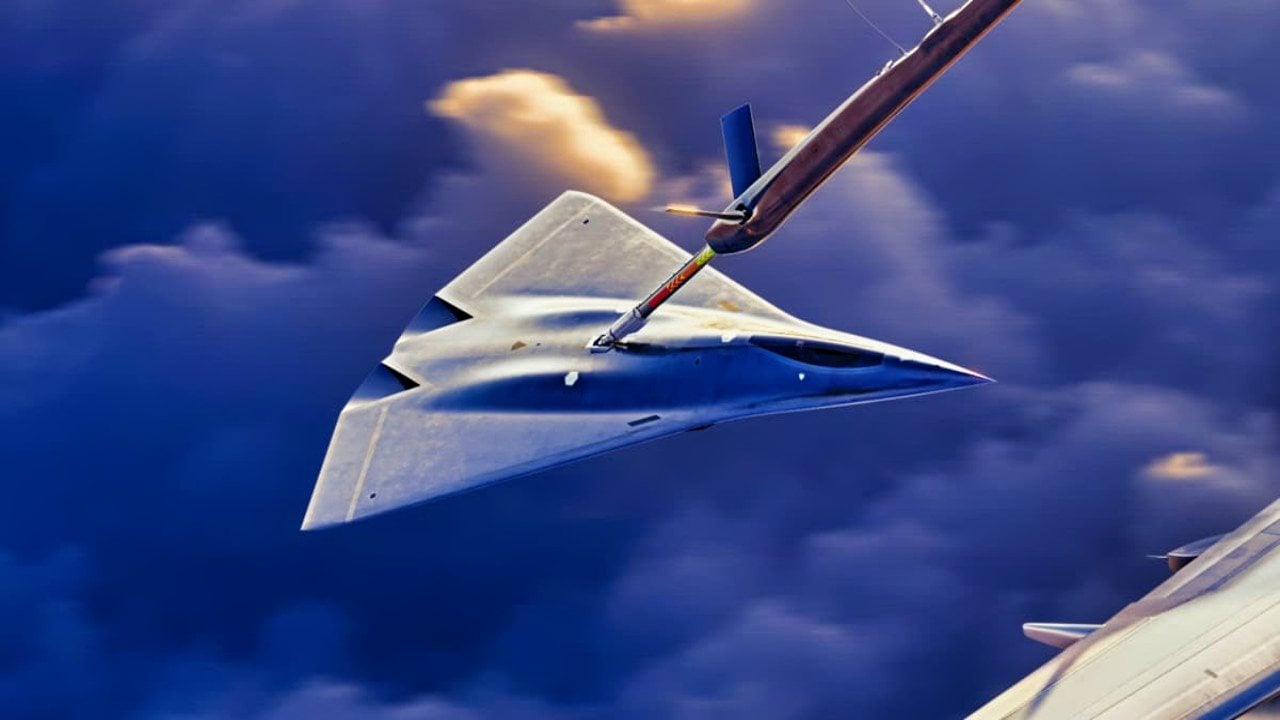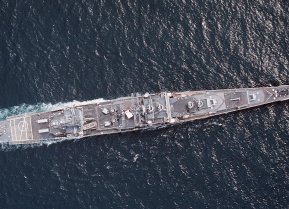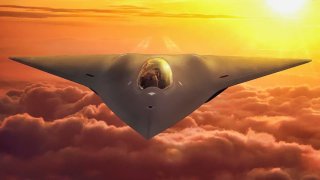Why the Air Force's NGAD Fighter Program Is Falling Apart
The U.S. Air Force's pursuit of a sixth-generation warplane, part of the Next-Generation Air Dominance (NGAD) program, faces skepticism due to its high costs and uncertain necessity.
Key Points and Summary: The U.S. Air Force's pursuit of a sixth-generation warplane, part of the Next-Generation Air Dominance (NGAD) program, faces skepticism due to its high costs and uncertain necessity.
RIP NGAD? Secretary of the Air Force Frank Kendall suggests scaling back the program to a "fifth-generation+" aircraft, rather than a full sixth-generation model.
What Happens Now? Given the advanced capabilities of existing fifth-generation planes like the F-22 Raptor and F-35 Lightning II, critics argue that the NGAD program may not be worth the substantial investment, especially in a challenging economic climate.
Forget the Sixth-Generation Warplane, the Air Force is Getting Fifth-Generation +
U.S. Secretary of the Air Force Frank Kendall said in July he was “reasonably confident” that the Air Force’s proposed sixth-generation warplane will be crewed.
What’s more, Kendall told Breaking Defense that the Air Force would need to “revisit even the most basic requirements for its Next-Generation Air Dominance (NGAD) fighter.”
According to another publication from June of this year, however, the Air Force’s senior leaders say the decision to award the contract for the NGAD warbird is on track to be made within the year.
That seems to be wishful thinking as now even Congress, usually a rubber-stamp body for expensive Air Force systems, is balking at having to fund the NGAD.
Indeed, the Air Force does not need a sixth-generation warplane.
Its very capable fourth- and fifth-generation warplanes are already lightyears beyond what most U.S. rivals have. Think of birds such as the F-22 Raptor and F-35 Lightning II. These planes are dominant players in the world’s unfriendly skies, and they will be for decades.
The Air Force’s quest to build another spate of warplanes, this time belonging to the highly experimental and expensive sixth generation, is decadent. And the United States cannot afford decadent experimentation under the current economic conditions.

Kendall’s comments are interesting, though. There was talk that the Air Force might be readying to drop the manned aircraft component of the NGAD program but would instead keep the unmanned aerial vehicle that was being created to support the sixth-generation warplane.
This planned “loyal wingman” drone system is unlike anything else in the world and would basically serve the same role that a manned aircraft providing support for another fighter in combat would perform.
UAVs are usually cheaper than manned systems. So, the logic went, if Congress was planning to cut funding for the NGAD program, at least something of the project would make it into the real world. But Kendall’s comments change the equation.
As secretary of the air force, he wants the sixth-generation bird at all costs. His calls to “go back and do a more substantive analysis on the NGAD’s design and capability requirements” should lead readers to conclude the Air Force will scale back the sixth-generation warplane to keep it affordable.
Essentially, the Air Force is no longer looking at blowing through considerable sums of tax dollars to build a next-level sixth-generation warplane. The service basically wants to build a fifth-generation+ warplane.
At the cost of around $300 million per plane, however, a slightly modified variant of the F-22 or F-35 is hardly worth it. The Air Force just wants to spend money on a new toy. They shouldn’t be allowed to.
For a fraction of the cost, that money could be better spent on other systems the Air Force needs.
The sixth-generation warplane will never take flight as it has been envisioned by its designers. Instead, if it takes off at all, it will either be unmanned, or it will be little more than an enhanced F-22 or F-35.
That’s hardly worth the headache, time, resources, and money that will have been spent on the NGAD program.
Author Experience and Expertise: Brandon J. Weichert
Brandon J. Weichert, a National Interest national security analyst, is a former Congressional staffer and geopolitical analyst who is a contributor at The Washington Times, the Asia Times, and The-Pipeline. He is the author of Winning Space: How America Remains a Superpower, Biohacked: China’s Race to Control Life, and The Shadow War: Iran’s Quest for Supremacy. His next book, A Disaster of Our Own Making: How the West Lost Ukraine, is due October 22 from Encounter Books. Weichert can be followed via Twitter @WeTheBrandon.
All images are Creative Commons or Shutterstock.
From the Vault
Russia Freaked Out: Why the U.S. Navy 'Unretired' the Iowa-Class Battleships
Battleship vs. Battlecruiser: Iowa-Class vs. Russia's Kirov-Class (Who Wins?)


